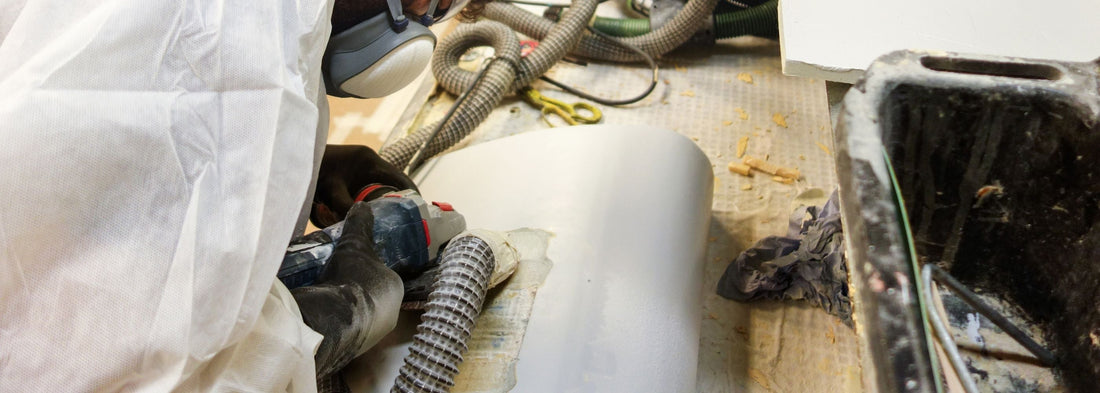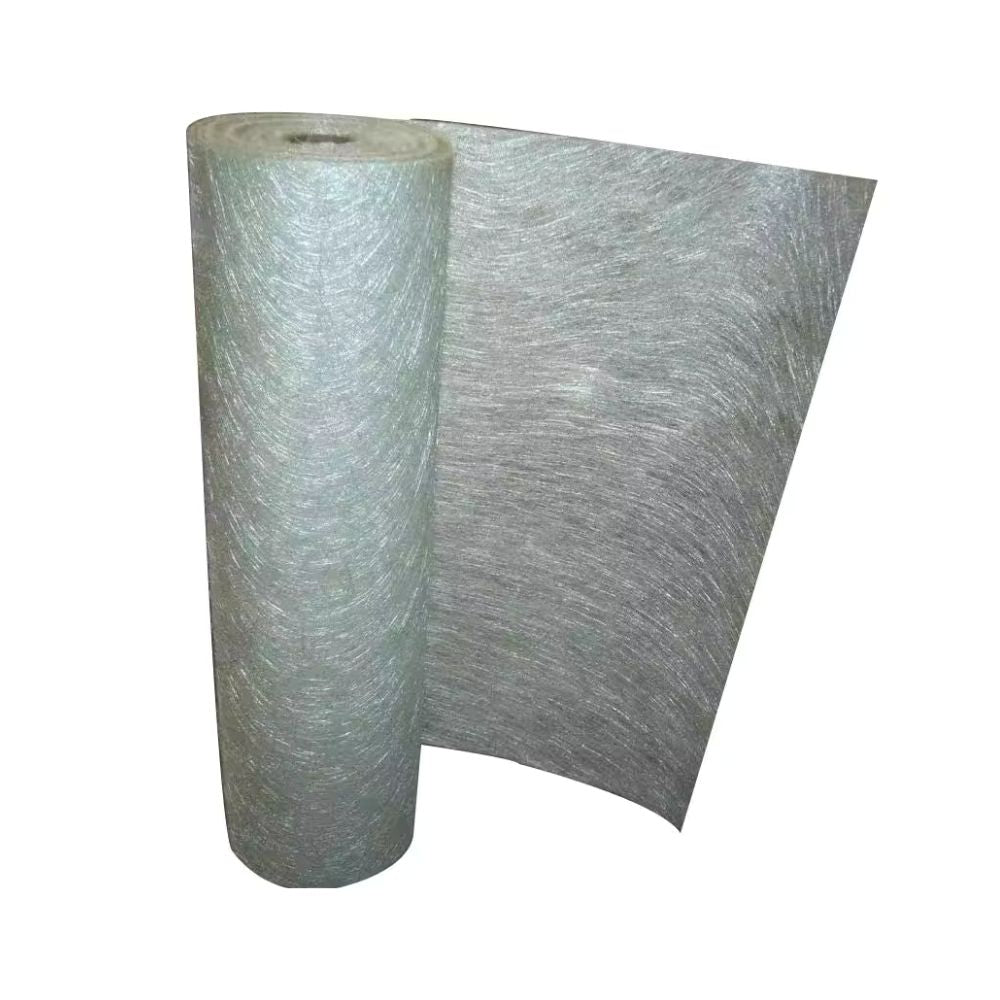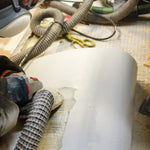
How to Prevent and Repair Fiberglass Delamination
Fiberglass delamination is a common issue in boats and other fiberglass structures, occurring when layers of fiberglass separate due to moisture, impact, or poor bonding. If left unaddressed, delamination can weaken the structure and lead to costly repairs. Fortunately, with the right techniques, you can prevent and repair delamination effectively. This guide covers the causes, prevention methods, and step-by-step repair process to keep your fiberglass in top condition.
What Causes Fiberglass Delamination?
Understanding the causes of delamination can help you prevent it from happening in the first place:
- Water Intrusion – Moisture seeping into fiberglass layers weakens the bond and leads to separation.
- Poor Adhesion During Construction – Improper resin saturation or inadequate bonding between layers.
- Impact Damage – Hard hits from docks, debris, or grounding can break the fiberglass bond.
- Prolonged UV Exposure – Sunlight can degrade resin over time, leading to weakening of the fiberglass layers.
- Freeze-Thaw Cycles – Water trapped in fiberglass expands when frozen, creating separation.
How to Prevent Fiberglass Delamination
- Seal and Maintain Gelcoat – Regularly inspect and repair any cracks in the gelcoat to prevent water intrusion.
- Use High-Quality Materials – Choosing the right resin and fiberglass ensures better adhesion and long-term durability.
- Apply Proper Resin Ratios – Make sure fiberglass is fully saturated during construction or repairs.
- Store Boats Properly – Keep boats covered and dry when not in use to avoid prolonged moisture exposure.
- Inspect for Damage Regularly – Catching minor issues early can prevent them from turning into major problems.
How to Repair Fiberglass Delamination
If you notice soft spots, bubbling, or separated layers in your fiberglass, follow these steps for a proper repair:
Step 1: Assess the Damage
- Tap the area lightly with a mallet—hollow sounds indicate delamination.
- Mark the affected area for precise repair.
- Determine if the delamination is surface-level or deep within the fiberglass layers.
Step 2: Remove the Damaged Fiberglass
- Use a grinder or sander to remove the top layer of gelcoat and affected fiberglass.
- Cut out severely damaged sections if necessary.
- Clean the exposed area thoroughly with acetone to remove dust and contaminants.
Step 3: Prepare the Repair Area
- If delamination is minor, drill small holes in the affected area to inject resin.
- For larger repairs, sand the surrounding area to ensure good adhesion for new fiberglass layers.
Step 4: Apply Epoxy or Polyester Resin
- Inject epoxy or polyester resin into small delaminated areas using a syringe.
- For cut-out sections, lay new fiberglass cloth or mat soaked in resin to rebuild the structure.
- Use a roller to remove air bubbles and ensure complete saturation.
Step 5: Cure and Finish
- Allow the resin to fully cure as per manufacturer instructions.
- Sand the repaired area smooth and fair it with a high-quality fairing compound.
- Apply gelcoat or marine-grade paint to restore the surface.
Final Thoughts
Preventing and repairing fiberglass delamination is essential for maintaining the integrity of your boat or fiberglass structure. With proper maintenance and repair techniques, you can extend the life of your fiberglass and avoid costly damage.
Prev post

Best Resin for Fiberglassing: Polyester vs. Epoxy vs. Vinyl Ester
Updated on 24 March 2025
Next post

Best Fiberglass Cloth for Boat Floors
Updated on 22 March 2025

















